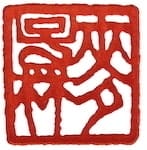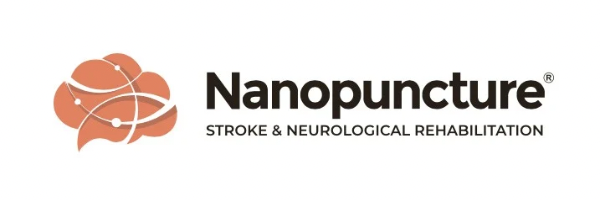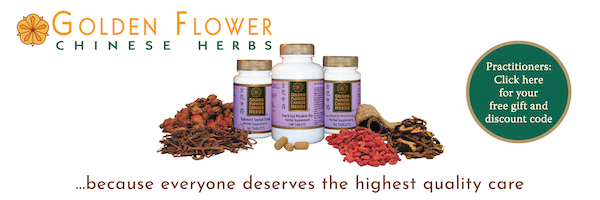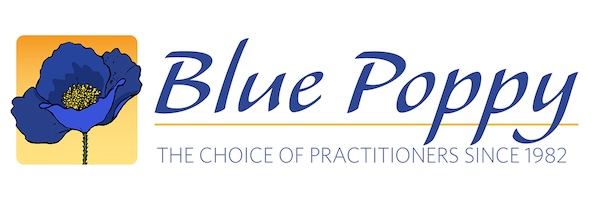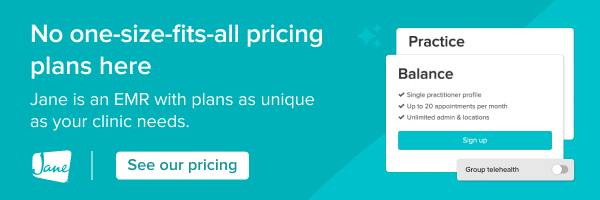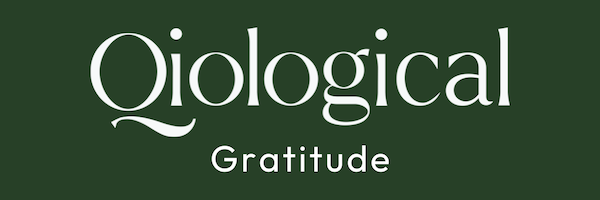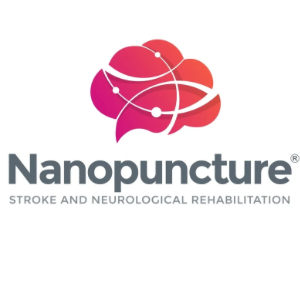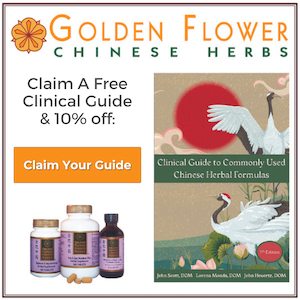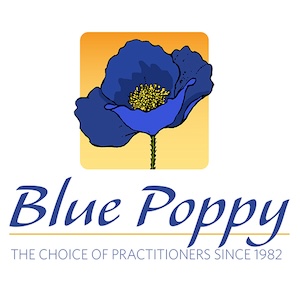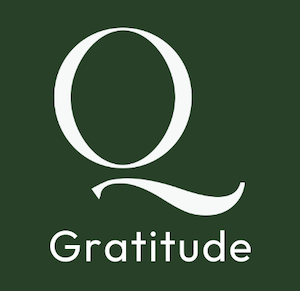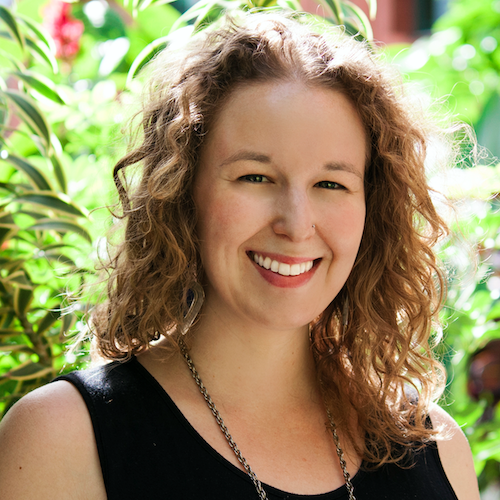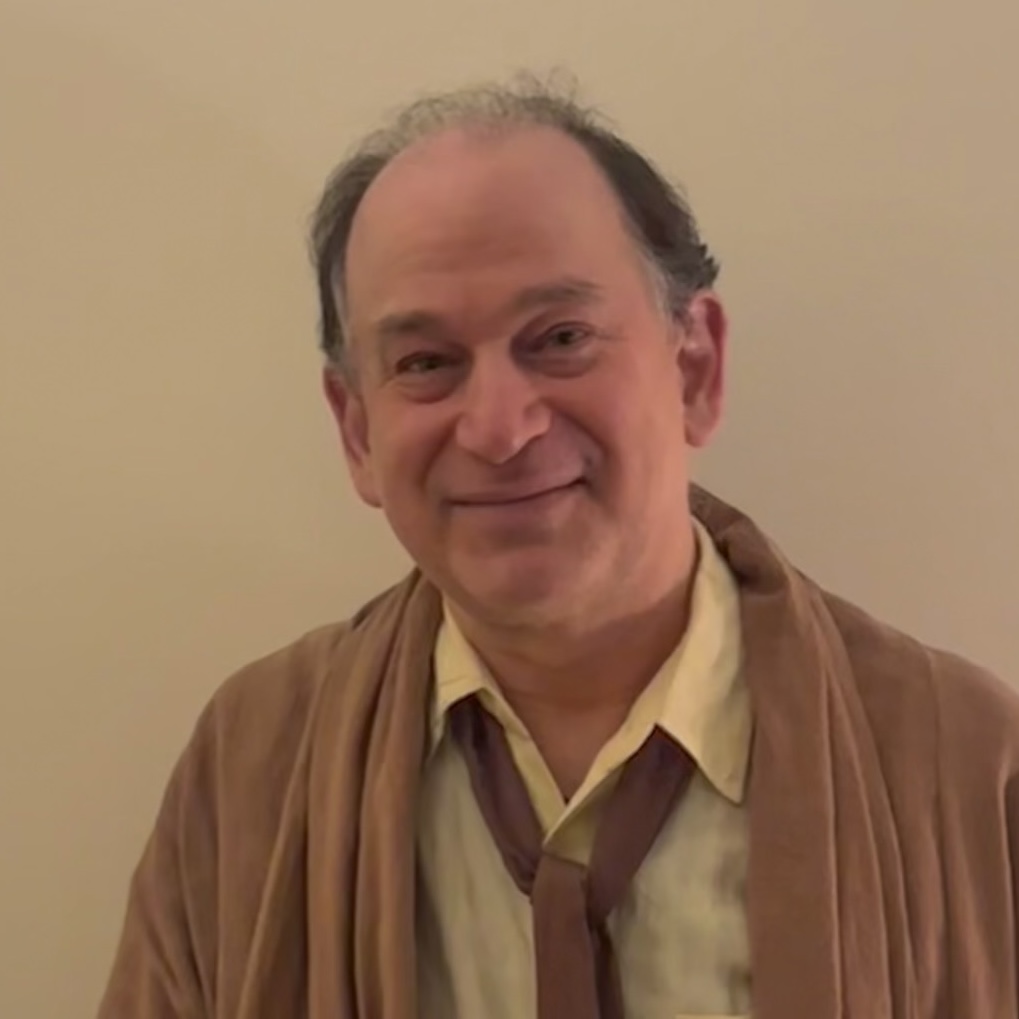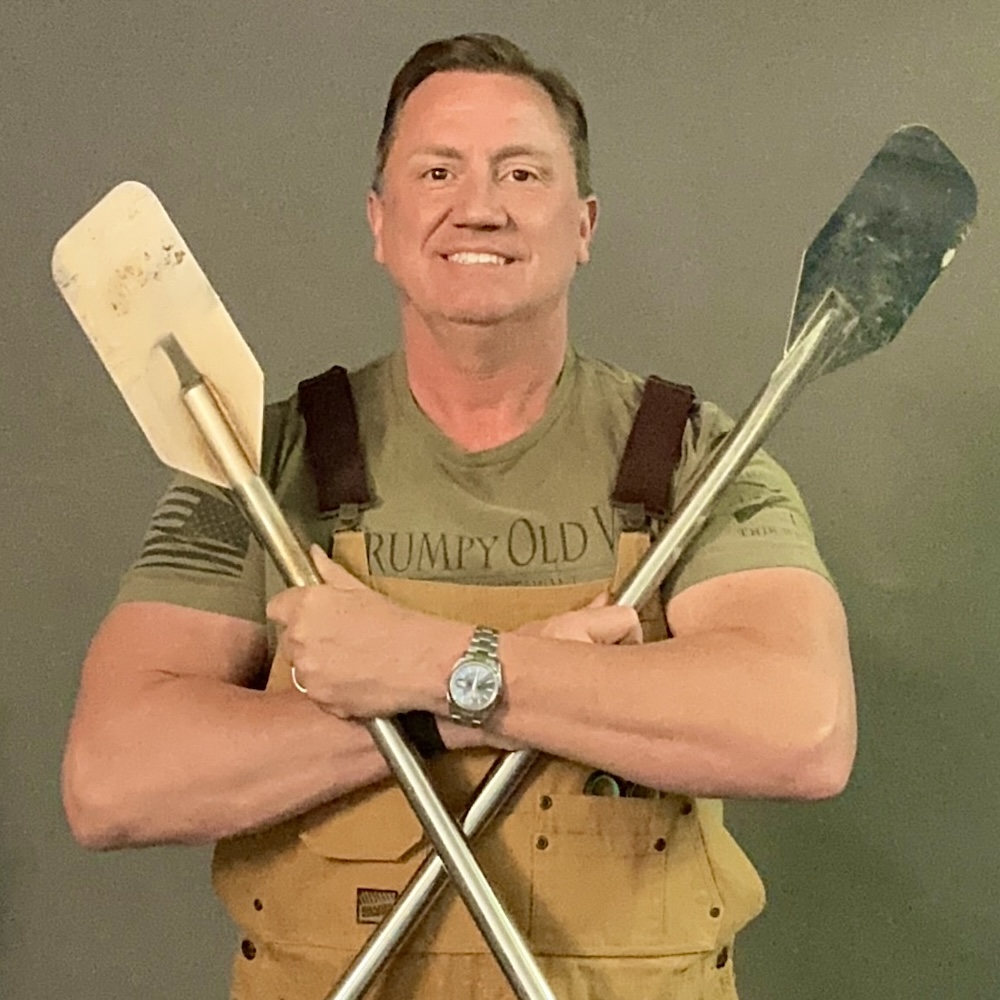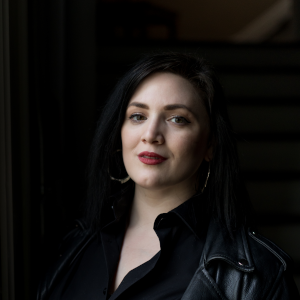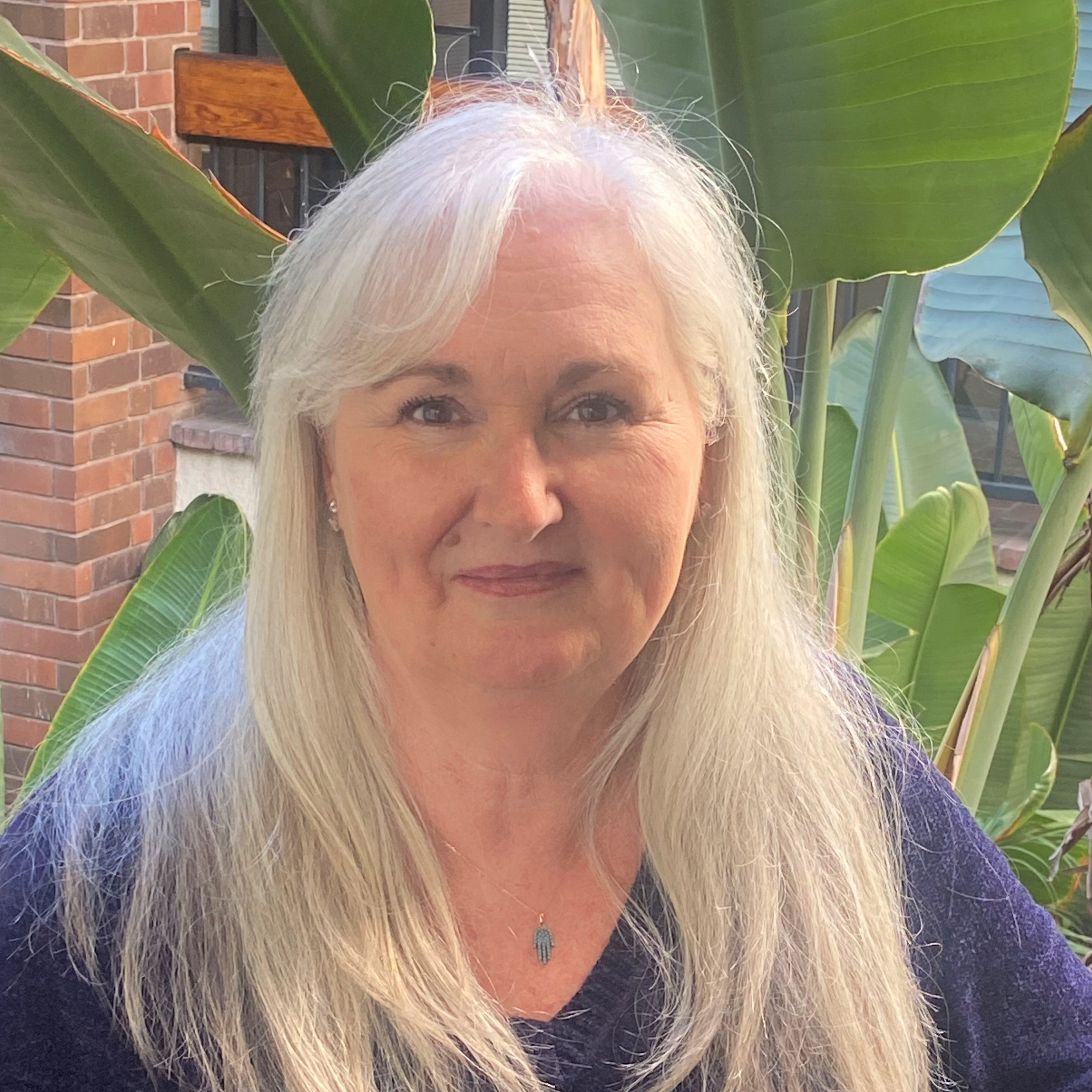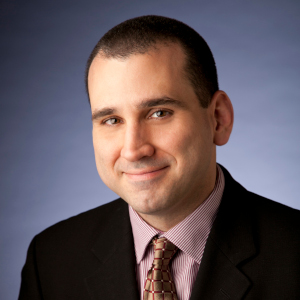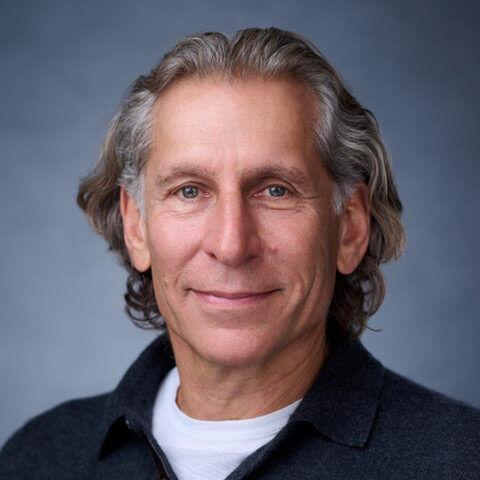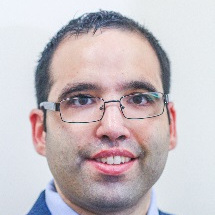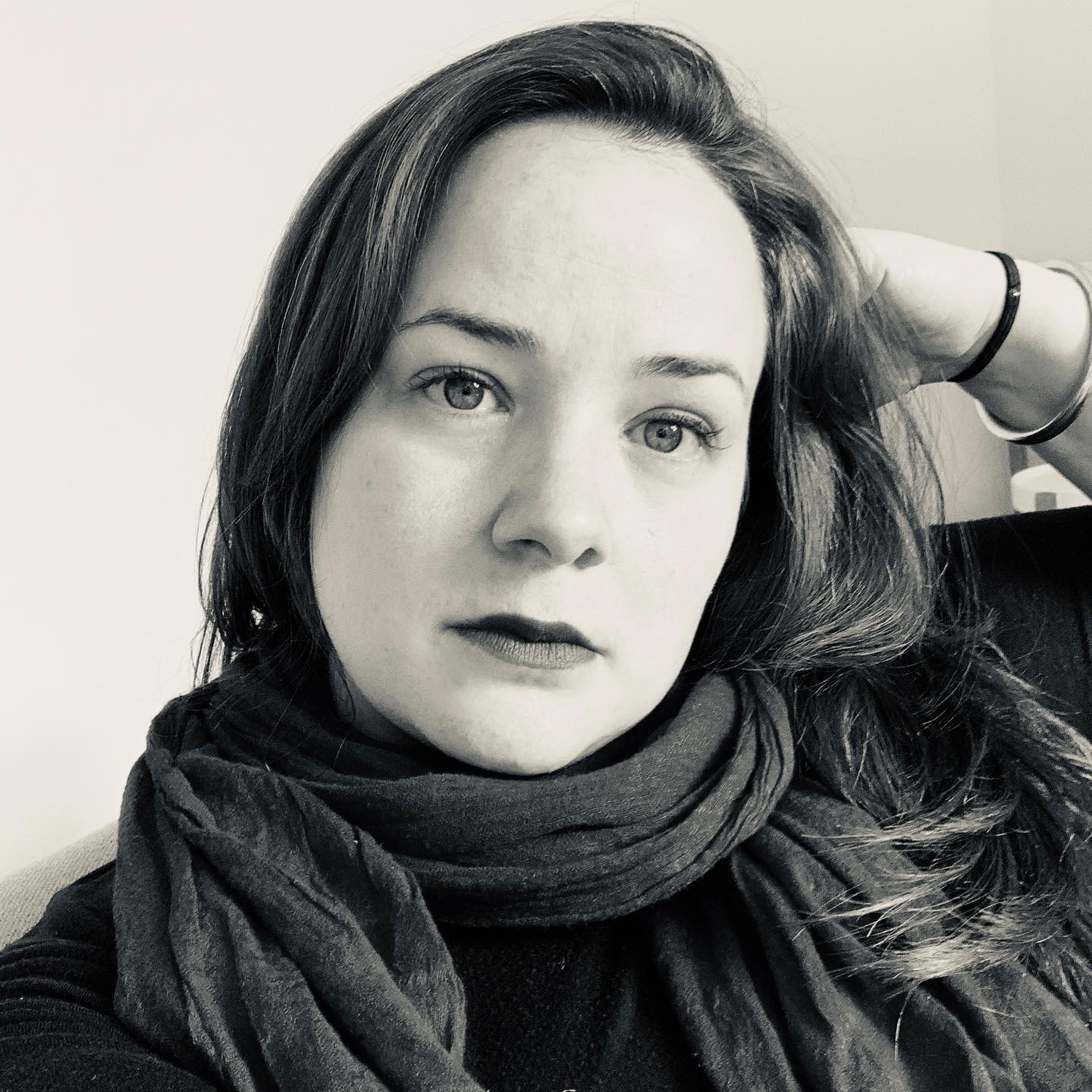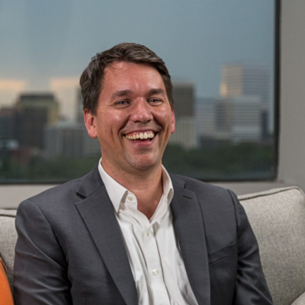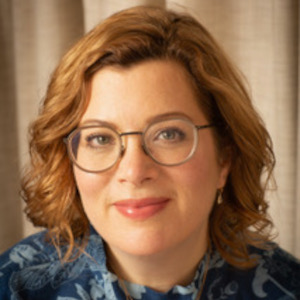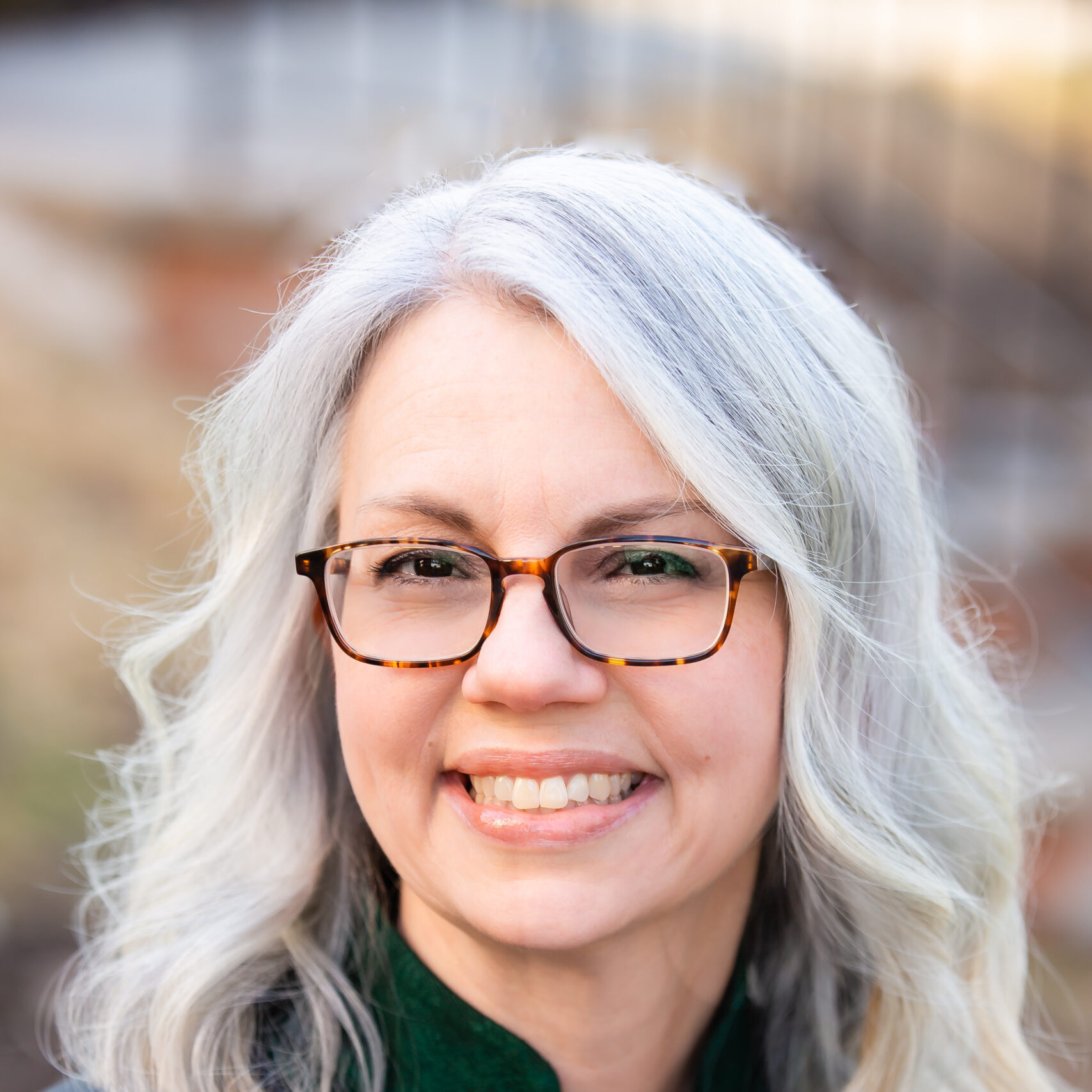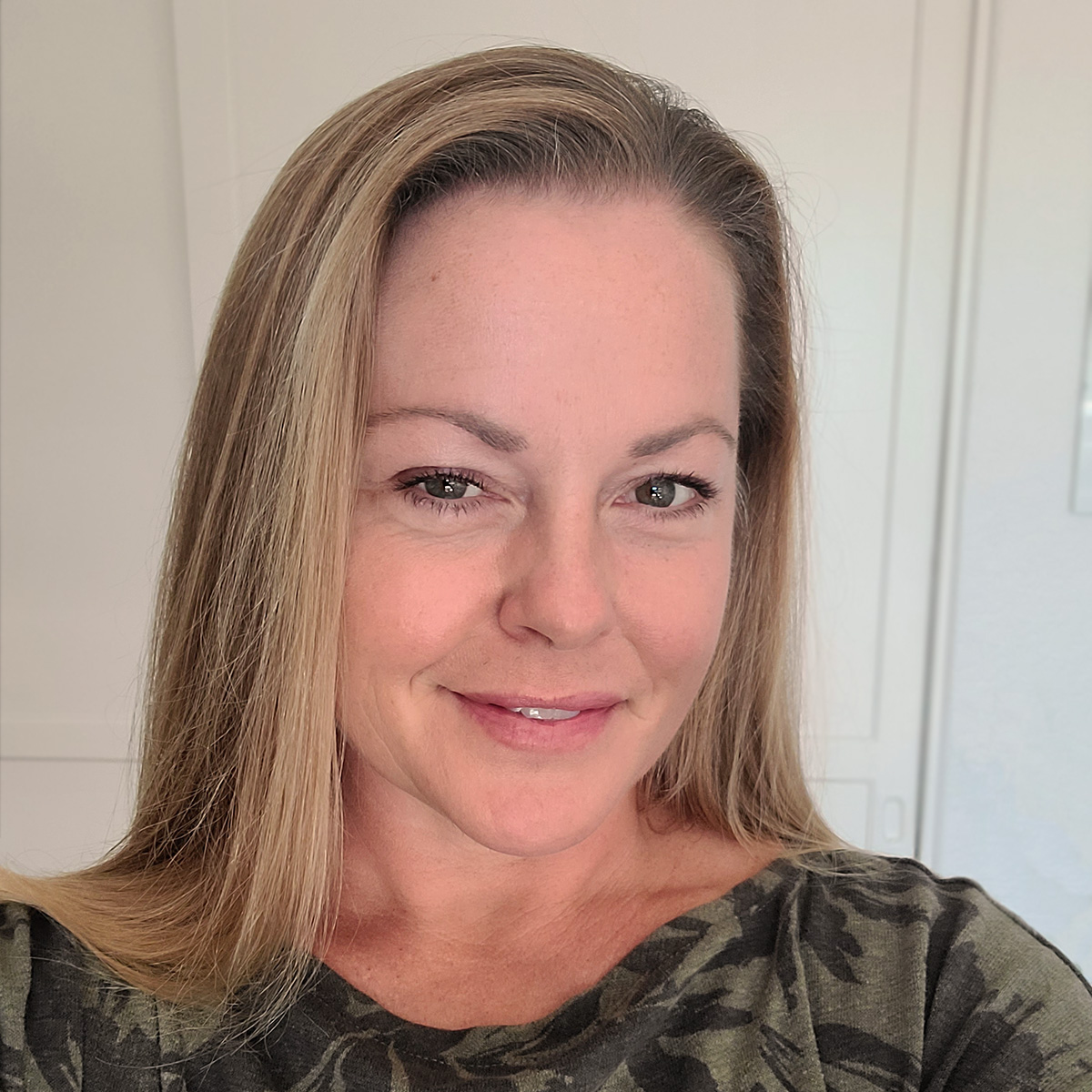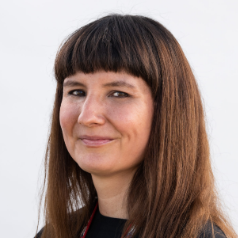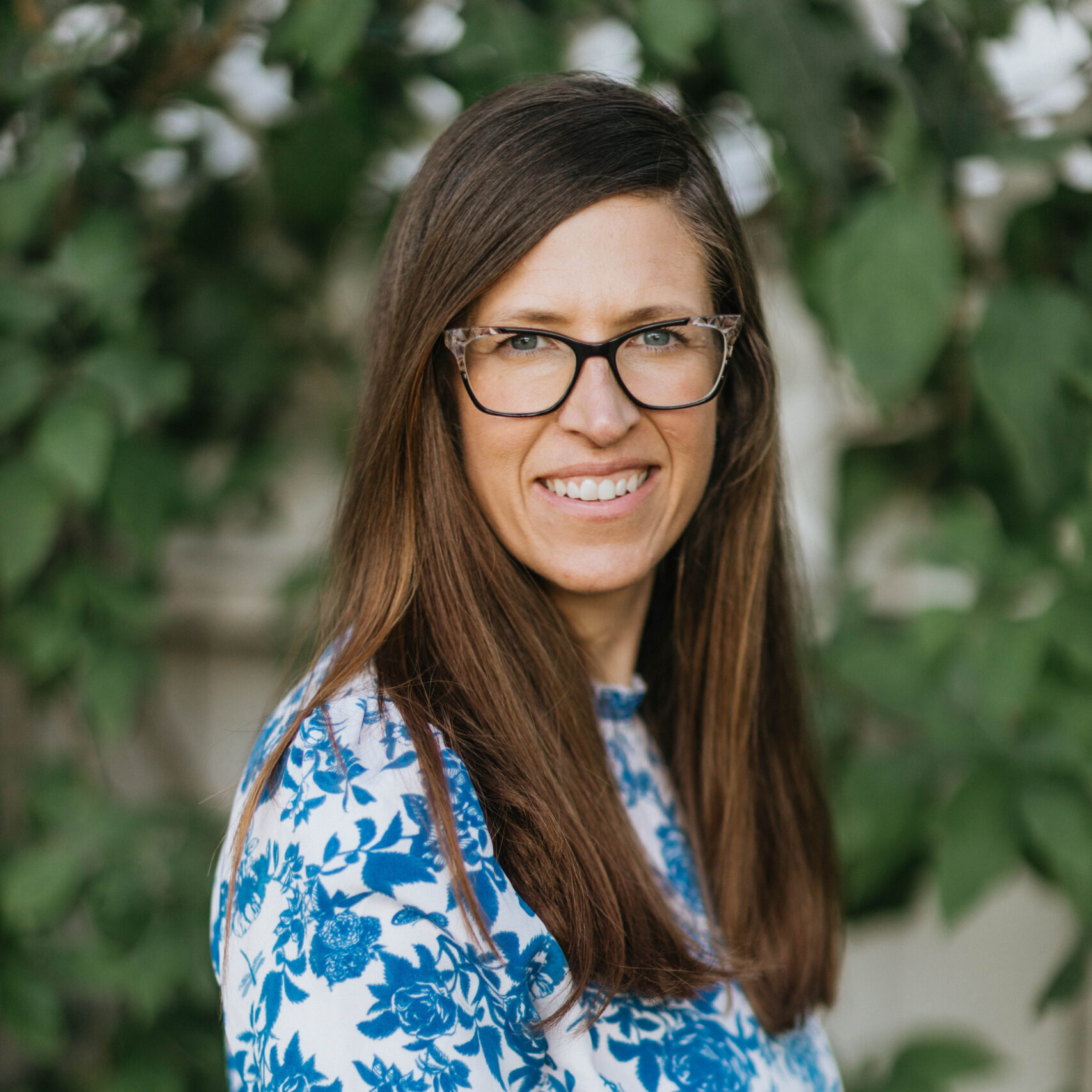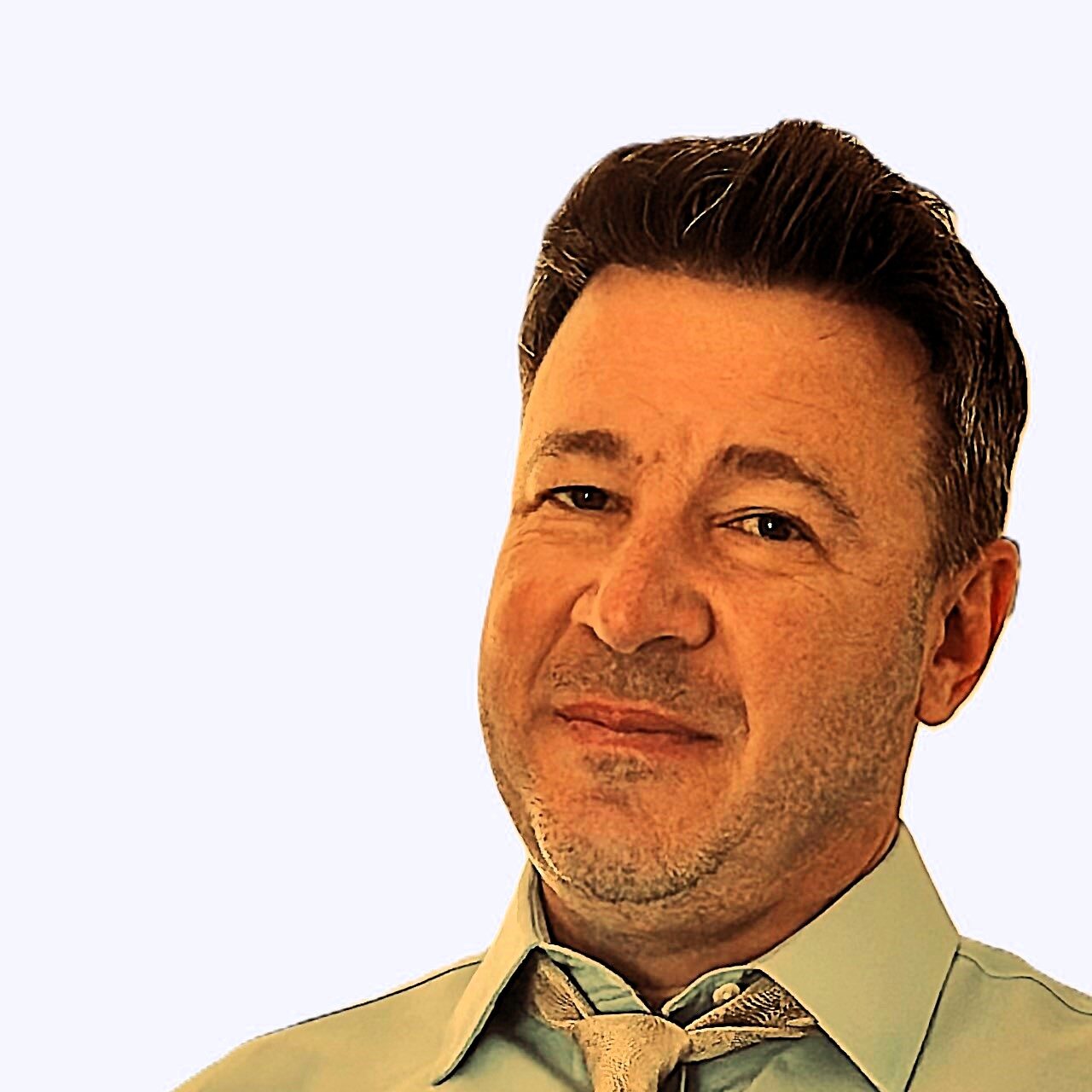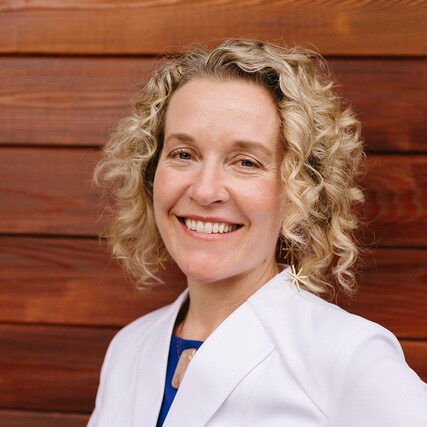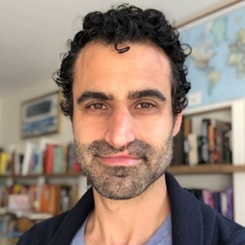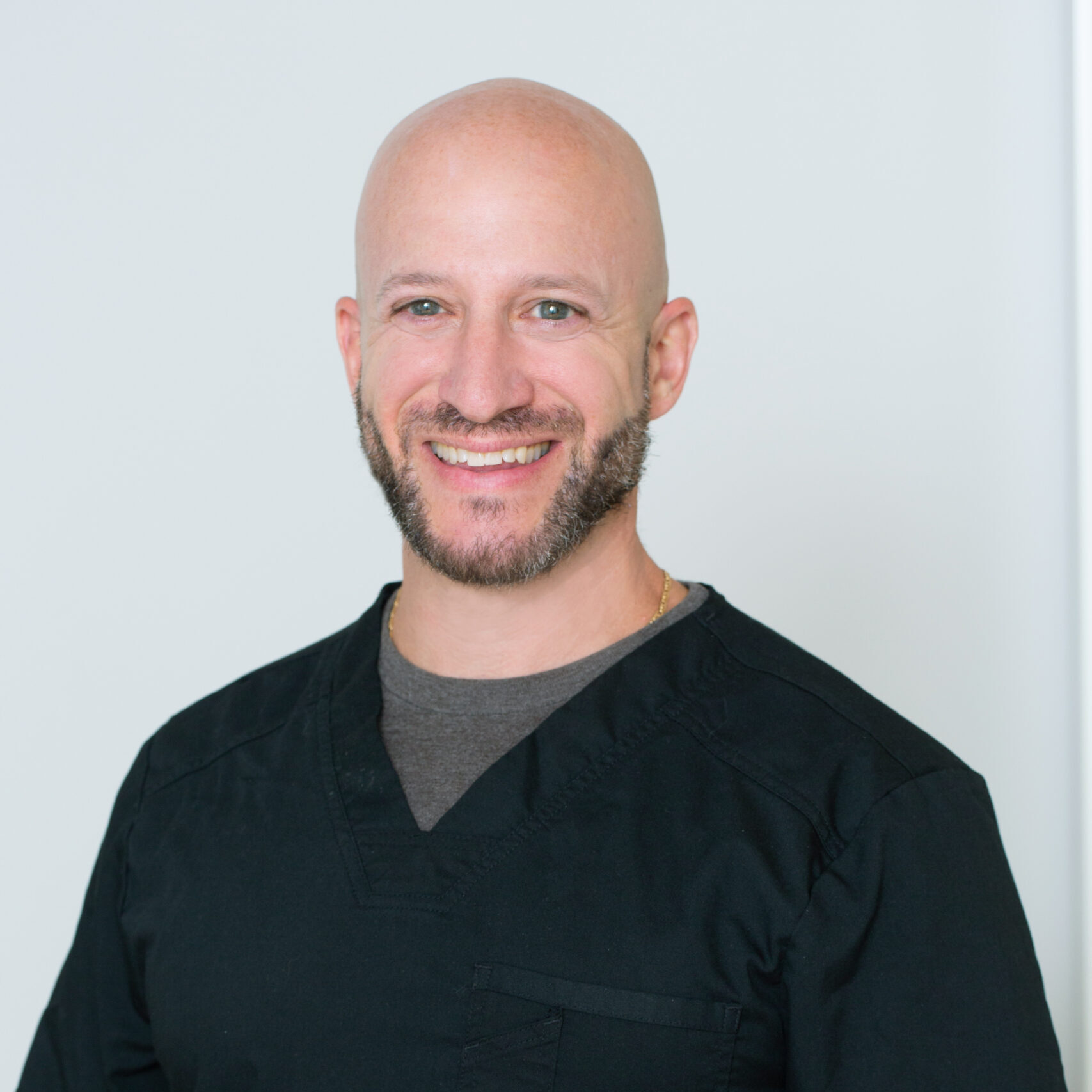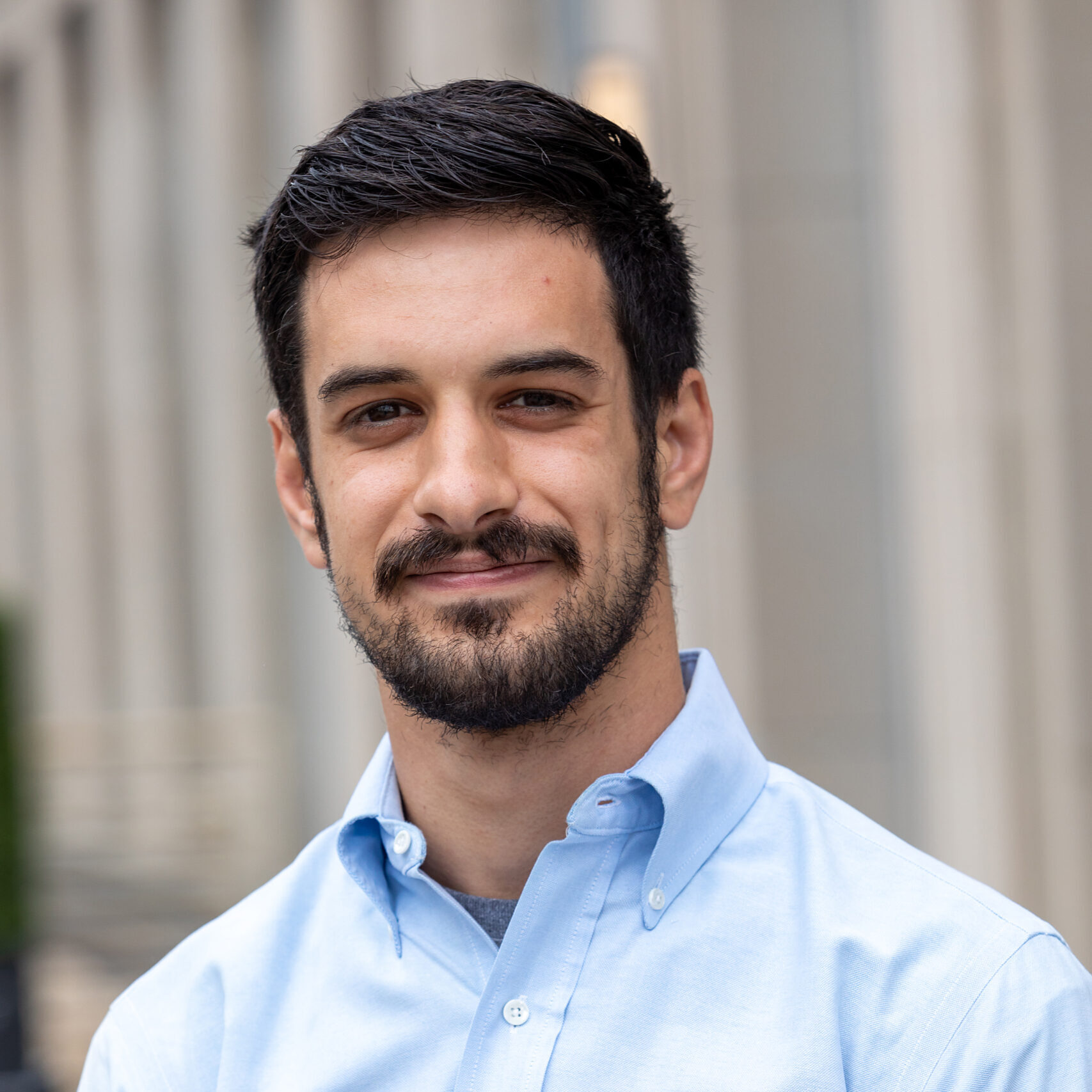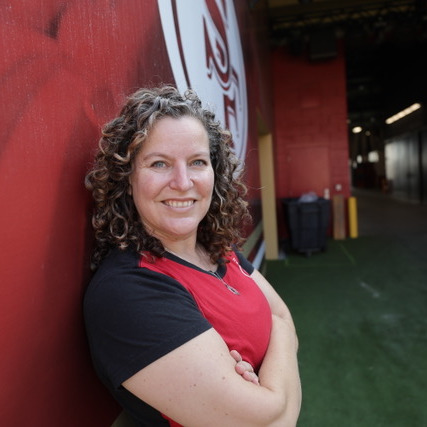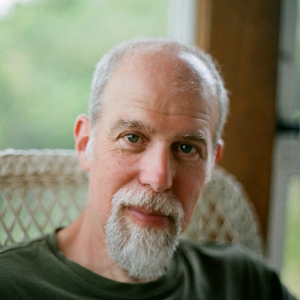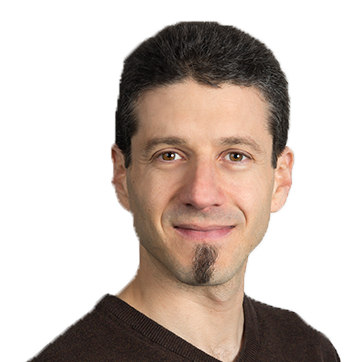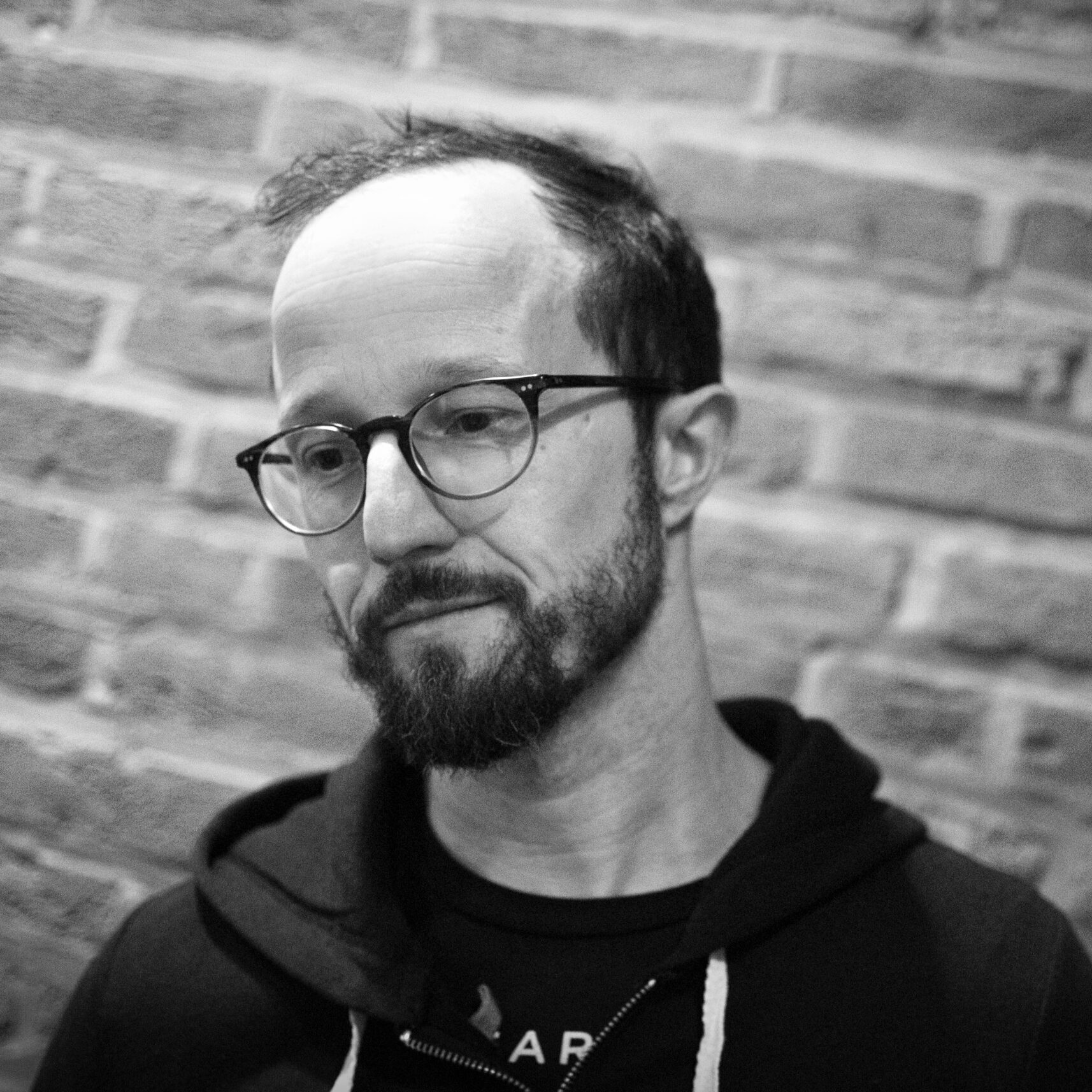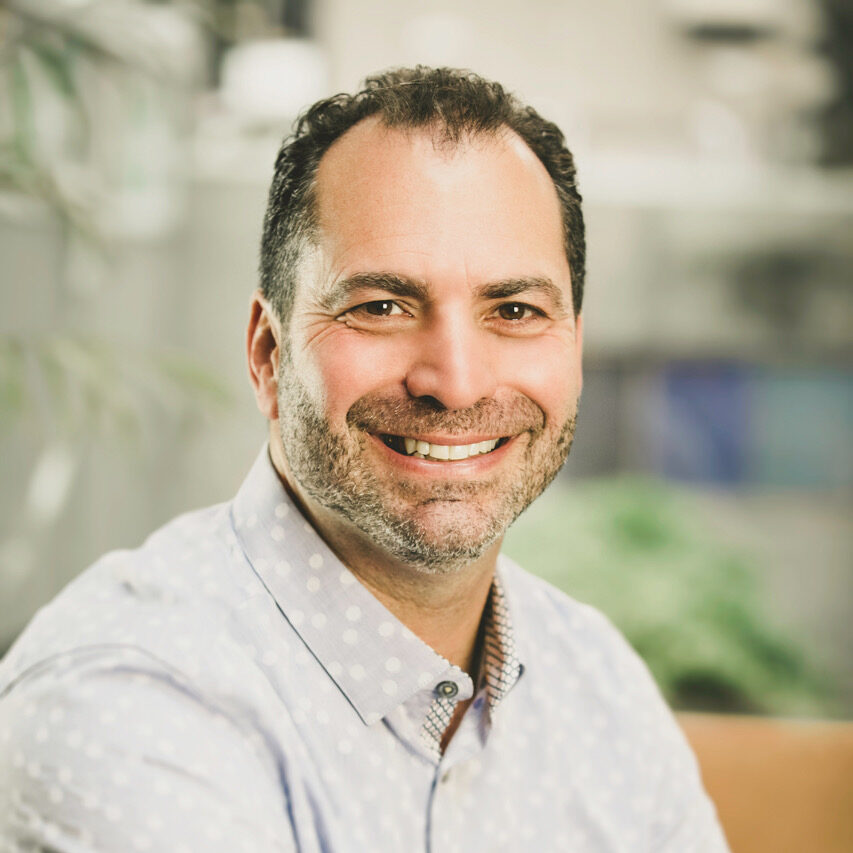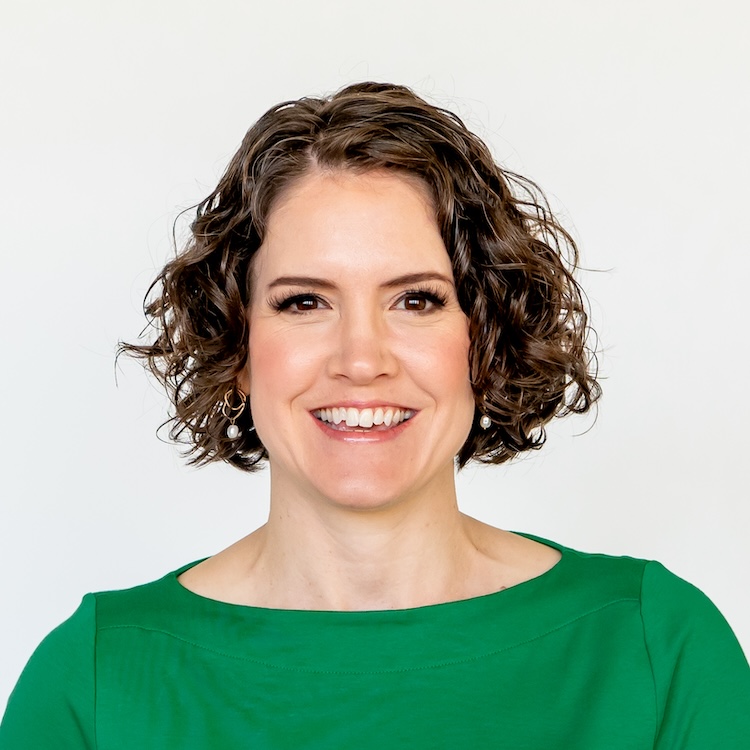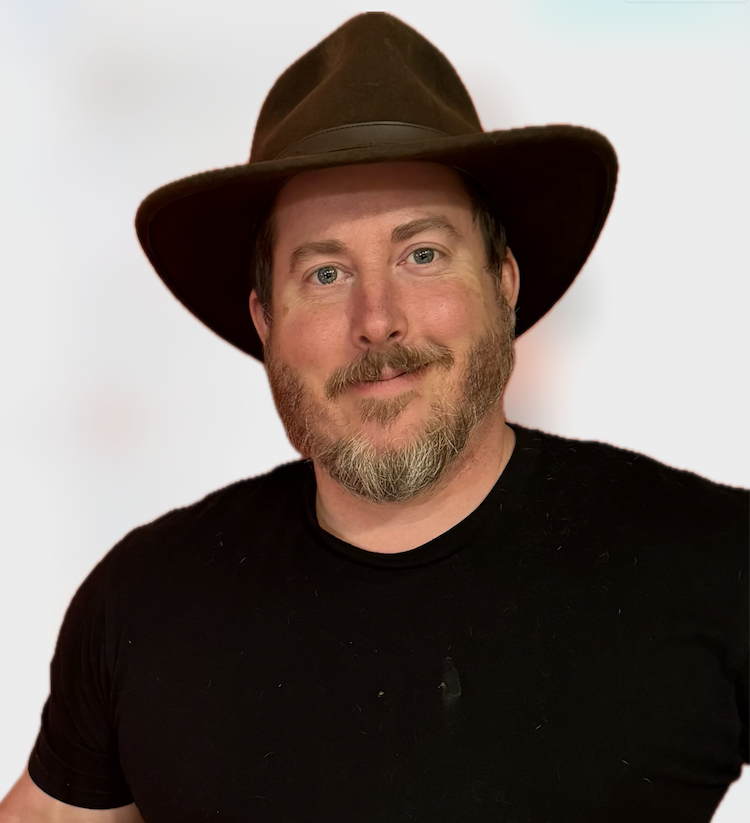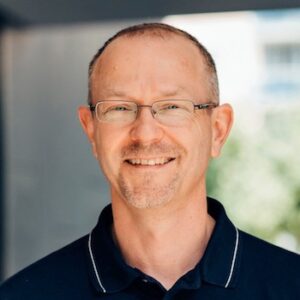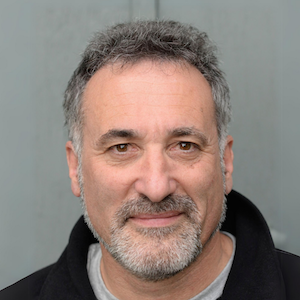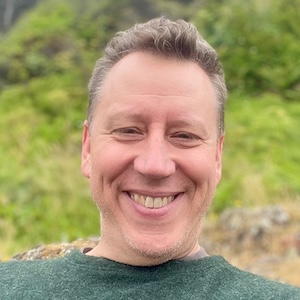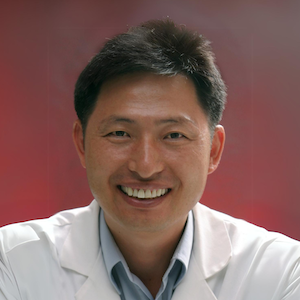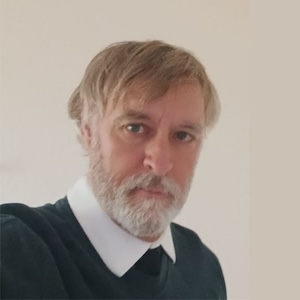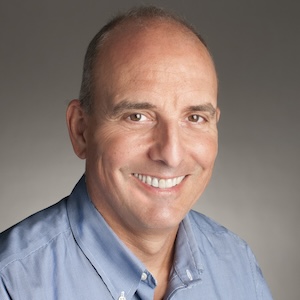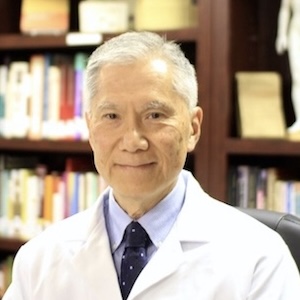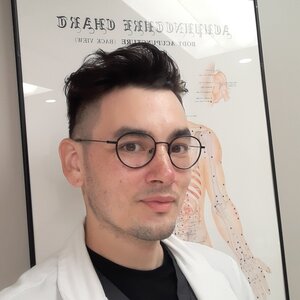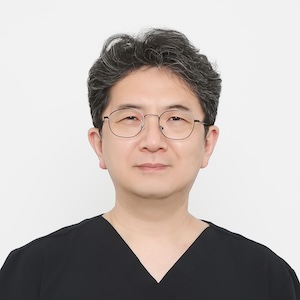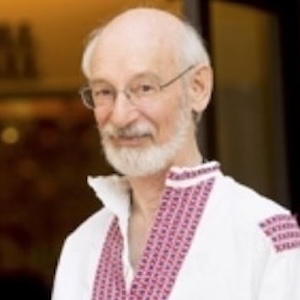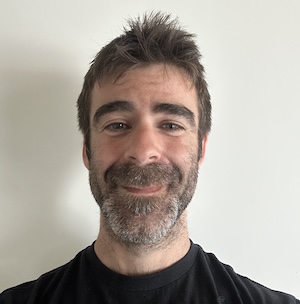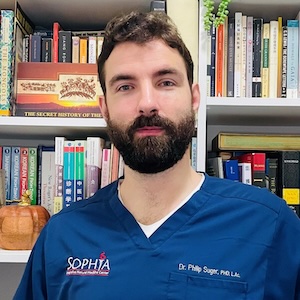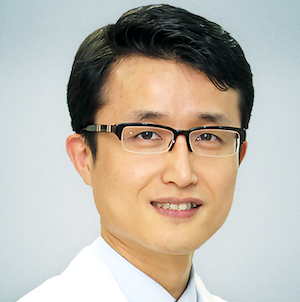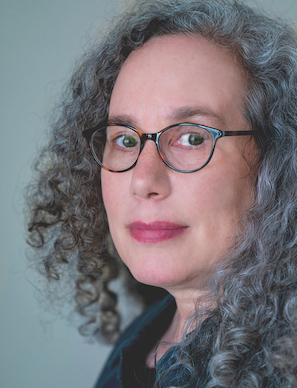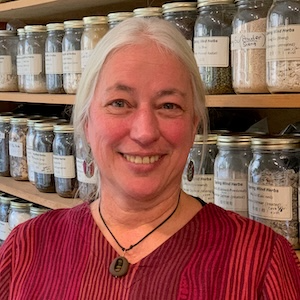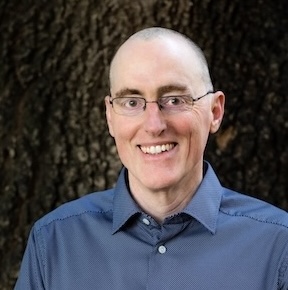As practitioners of East Asian medicine, we are informed deeply by the ancient medicine, experience and wisdom passed down through generations. The holism woven into the East Asian medicine traditions is especially important in a modern world that often separates the body from the mind and spirit from the material.
But like a tree rooted in ancient soil with the branches and leaves adapting to the environment as they reach towards the heavens, we need to incorporate influences of the modern world into our medicine while still maintaining a connection to fundamental principles. Seeing how the old can arise in the new offers a bridge, a way to find how the medicine arises in our lives at this time.
In this conversation with Mark Petruzzi and Jeffrey Dann, we explore how the art of Japanese acupuncture blends with the modern medical understanding of the body. We investigate the co-mingling of old and new to better understand the integrative power of this holistic treatment. We share our ideas regarding the need to preserve the flame of tradition while adapting to the needs of the present.
Listen into this discussion on what it means to be part of a tradition and how we can bring our medicine alive in this modern moment.
In This Conversation We Discuss:
- East meets West – Mark Petruzzi’s experience of integrating traditional Japanese acupuncture in a modern American hospital.
- What do we mean by “traditional” medicine? The issue of drawing validation from antiquity.
- Open versus closed tradition – Adapting tradition to the needs of the present.
- The need to be bilingual and bicultural in our medicine.
- Reductionism versus holism in medicine.
- How our holistic medicine expands beyond the patient to include the ‘field’.
- Bringing back the spirit part of our medicine in a modern world.
“Points don’t work…you work the point” I Fukaya
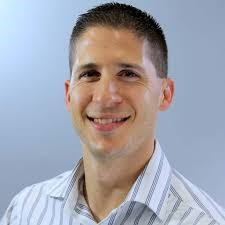 I am the Director of the Traditional Japanese Acupuncture Institute. I run a private practice in Port Jefferson Station, NY. I am appointed at Stony Brook University Hospital holding both in-patient and out-patient privileges. I was a presenter at Stony Brook’s Palliative Care Conference for Pediatric Oncology in 2016 and 2017. I have been adjunct faculty at the New York College of Health Professions since 2005, teaching courses in their Acupuncture and Massage Therapy programs as well as supervising student interns in the Japanese Acupuncture clinic.
I am the Director of the Traditional Japanese Acupuncture Institute. I run a private practice in Port Jefferson Station, NY. I am appointed at Stony Brook University Hospital holding both in-patient and out-patient privileges. I was a presenter at Stony Brook’s Palliative Care Conference for Pediatric Oncology in 2016 and 2017. I have been adjunct faculty at the New York College of Health Professions since 2005, teaching courses in their Acupuncture and Massage Therapy programs as well as supervising student interns in the Japanese Acupuncture clinic.
I was a lead instructor for the Traditional Japanese Acupuncture team at Tristate College of Acupuncture in Manhattan from 2009-2018 and was the acupuncturist and massage therapist for the Adelphi University Dance Program from 2004-2020.
“Only the tissues know….” John Claude Barral
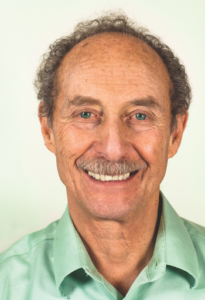 My 50 year path in the pathways and meanderings of Traditional East Asian Medicine has been eclectic, lucky, and blessed by teachers who saw something worthwhile in my sincere quest for deepening in the healing arts.
My 50 year path in the pathways and meanderings of Traditional East Asian Medicine has been eclectic, lucky, and blessed by teachers who saw something worthwhile in my sincere quest for deepening in the healing arts.
The flowering late 60’s early 70’s led me on a personal exploration masquerading
as a cultural anthropologist studying youth mind-body education in the classical Japanese martial art of kendo. My Western mind-body conceptions were turned upside down by the Japanese cultural concepts of Hara-Koshi as physically understood in the martial arts and the structural bodywork approach of SeiTai Ho. I was deeply influenced by Rolfing Structural Integration and Feldenkrais Awareness Thru Movement. And there I found resonance with Hashimoto’s Sotai movement therapy. These interests then merged with a deepened study of Meridian Therapy and its delicate needle and refined palpatory techniques. Our Qi Blood and Fluids approach represents the inclusion of refined osteopathic palpatory approach of Jean Pierre Barral’s Visceral Manipulation work on treating neuro-vascular and lymphatic structures.
Links and Resources
Visit Jeffrey on his website, or on Facebook
And if you're interested in Koshi Balancing here's the website, or the Facebook page
Visit Mark at the Traditional Japanese Acupuncture Institute
